Home>Storage Ideas>Kitchen Storage>Best Ways To Sharpen Kitchen Knives – Products And Techniques
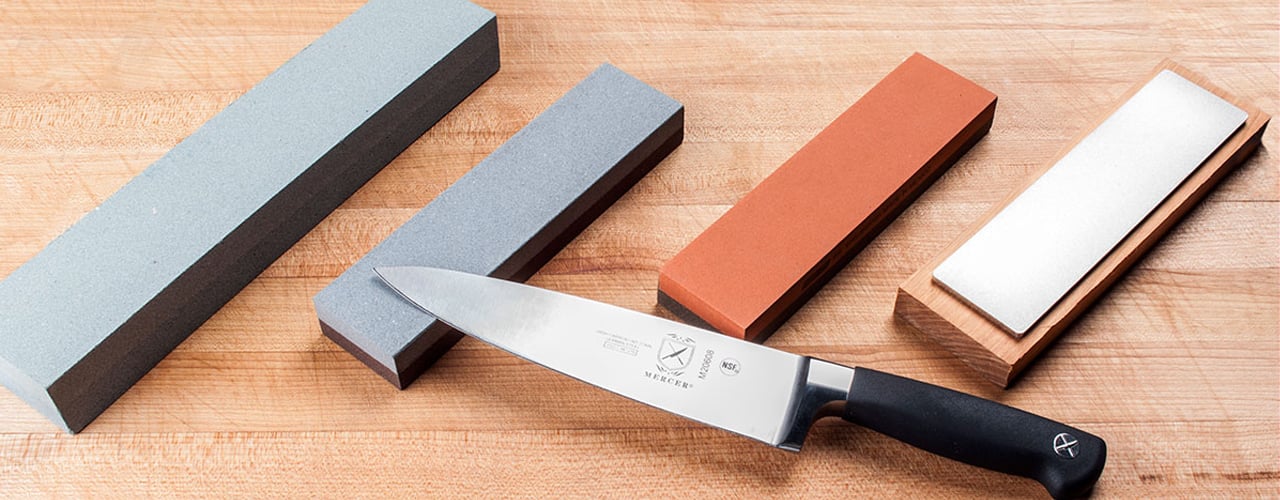

Kitchen Storage
Best Ways To Sharpen Kitchen Knives – Products And Techniques
Modified: January 6, 2024
Discover the best ways to sharpen your kitchen knives with our top products and techniques. Enhance your kitchen storage ideas with these expert tips.
(Many of the links in this article redirect to a specific reviewed product. Your purchase of these products through affiliate links helps to generate commission for Storables.com, at no extra cost. Learn more)
Introduction
Welcome to our guide on the best ways to sharpen kitchen knives! Having sharp and well-maintained knives in the kitchen is essential for efficient and safe cooking. Dull knives not only make slicing and dicing a tedious task, but they can also be dangerous, as they require extra force and can easily slip, leading to accidents.
Fortunately, there are various products and techniques available to help you keep your kitchen knives sharp and in their best condition. In this article, we will explore the different sharpening products, such as honing steels, whetstones, electric knife sharpeners, and manual knife sharpeners. We will also discuss the techniques for sharpening kitchen knives using these products.
Before we dive into the details, it’s important to note that each method has its own advantages and disadvantages. Some are more suitable for experienced users, while others are beginner-friendly. It’s crucial to choose the method that best suits your skill level and preference. Without further ado, let’s explore the options.
Key Takeaways:
- Keep your kitchen knives sharp and safe with the right tools and techniques. From honing steel to electric sharpeners, choose the method that suits your skill level and maintain a consistent angle and pressure for optimal results.
- Regular maintenance is key to prolonging the lifespan of your kitchen knives. Hand wash, hone regularly, and avoid glass or ceramic surfaces to keep your knives sharp and reliable for all your culinary needs.
Read more: How To Sharpen Food Processor Blades
Choosing the Right Sharpening Products
When it comes to sharpening kitchen knives, it’s important to have the right tools at your disposal. Let’s take a look at some of the most popular sharpening products available:
- Honing Steel: Honing steel, also known as a sharpening steel or a butcher’s steel, is a long metal rod with a handle. It is used to straighten the edge of the blade and remove any microscopic bends or folds. Honing steel does not actually sharpen the blade, but rather helps maintain its sharpness. It is a great option for quick touch-ups in between sharpenings.
- Whetstone: A whetstone, also known as a sharpening stone or water stone, is a traditional method of knife sharpening. It consists of a stone with coarse and fine grit sides. The coarse side is used for reshaping the edge of the blade, while the fine side is used for refining and polishing. Whetstones require some skill and practice, but they provide excellent results and allow for precise control.
- Electric Knife Sharpener: An electric knife sharpener is a convenient and efficient option for sharpening kitchen knives. It usually consists of rotating abrasive wheels or belts that quickly sharpen the blades. Electric sharpeners are easy to use and provide consistent results. However, they may remove more material from the blade compared to other methods, which can shorten the knife’s lifespan over time.
- Manual Knife Sharpener: Manual knife sharpeners come in various designs, including handheld sharpeners, pull-through sharpeners, and sharpening systems. These sharpeners typically use abrasive materials, such as diamond, ceramic, or tungsten carbide, to sharpen the blade. Manual sharpeners offer versatility and are suitable for different types of knives. They require a bit more effort compared to electric sharpeners but can produce excellent results with proper technique.
When choosing a sharpening product, it’s important to consider factors such as your skill level, the type of knives you have, and your personal preferences. Some people may prefer the traditional method of using a whetstone, while others may prefer the convenience of electric or manual sharpeners. It’s also a good idea to read product reviews and consider the durability and reputation of the brand.
Now that you have an understanding of the different sharpening products available, let’s move on to the techniques for sharpening kitchen knives using these tools.
Honing Steel
Honing steel is a popular tool for maintaining the sharpness of kitchen knives. While it doesn’t actually sharpen the blade, it helps to realign and straighten the edge, keeping it in optimal condition. Here’s how to properly use a honing steel:
- Start by holding the honing steel in your non-dominant hand, with the handle pointing upwards.
- Grip the knife firmly with your dominant hand, making sure to hold it at a 15 to 20-degree angle against the steel.
- Rest the tip or the heel of the knife against the top of the steel, near the handle.
- Using moderate pressure, slowly and smoothly swipe the knife down the honing steel, from the base to the tip, maintaining the same angle.
- Repeat this process on the other side of the blade, alternating sides after each stroke.
- Continue swiping the knife against the honing steel for about 5 to 10 strokes on each side.
- Remember to use gentle and steady motions, avoiding excessive force or speed.
- After honing, rinse the knife to remove any metal particles or debris that may have accumulated.
It’s important to note that honing should be done regularly to help maintain the sharpness of the blade. It is recommended to hone your knives before each use or at least once a week, depending on the frequency of use.
While honing steel is a useful tool for quick touch-ups, it is not a substitute for actual sharpening. Over time, even with regular honing, the blade will still require sharpening using other methods, such as a whetstone or an electric knife sharpener, to restore its sharpness.
Now that you know how to properly use a honing steel to maintain your kitchen knives, let’s explore the next sharpening product: the whetstone.
Whetstone
A whetstone, also known as a sharpening stone or water stone, is a traditional and effective method for sharpening kitchen knives. Using a whetstone requires some practice and skill, but it provides excellent results and allows for precise control over the sharpening process. Here’s how to use a whetstone:
- Start by soaking the whetstone in water for about 10 to 15 minutes before use. This will ensure that the surface is properly lubricated.
- Place the whetstone on a stable surface, such as a countertop or cutting board, with the coarse grit side facing up.
- Hold the knife firmly with your dominant hand, making sure to maintain a consistent angle of about 15 to 20 degrees against the stone. You can use your other hand to guide and stabilize the knife if needed.
- Position the heel of the blade against the whetstone at the desired angle.
- Using moderate pressure, push the knife forward and down the length of the whetstone, moving from the base to the tip of the blade in a smooth and controlled motion.
- Repeat this process on the other side of the blade, alternating sides after each stroke. Aim for a similar number of strokes on each side to maintain balance.
- Continue sharpening until you have achieved the desired level of sharpness, periodically checking by gently running your finger along the edge to feel for any burrs or imperfections.
- Once you are satisfied with the sharpness, flip the whetstone over to the fine grit side and repeat the sharpening process to refine and polish the edge.
- After sharpening, rinse the knife thoroughly to remove any metal residue or debris.
Using a whetstone requires patience and practice to achieve optimal results. It’s important to maintain a consistent angle and apply equal pressure on each stroke to ensure an even sharpening. Remember that the key to successful sharpening with a whetstone is to take your time and pay attention to detail.
Whetstones are available in a range of grit levels, with coarser grits for reshaping the blade and finer grits for refining and polishing. It’s recommended to start with a medium grit whetstone and gradually progress to finer grits for best results.
Now that you know how to use a whetstone to sharpen your kitchen knives, let’s move on to the next sharpening product: the electric knife sharpener.
Electric Knife Sharpener
An electric knife sharpener is a convenient and efficient tool for sharpening kitchen knives. It is designed to quickly and effectively sharpen blades with minimal effort. Electric knife sharpeners typically feature rotating abrasive wheels or belts that remove a small amount of material from the knife’s edge to restore sharpness. Here are the steps to use an electric knife sharpener:
- Start by reading the manufacturer’s instructions for your specific electric sharpener model.
- Place the sharpener on a stable surface, ensuring that it is securely positioned with the power cord within reach of an electrical outlet.
- Depending on the model, you may need to adjust the angle to match the bevel of your knife. Follow the instructions provided to set the correct angle.
- Switch on the electric sharpener and hold the knife securely with your dominant hand, placing the heel of the blade against the grinding wheel or belt.
- Gently and smoothly draw the knife through the sharpening slot, following the natural curve of the blade, from the base to the tip.
- Apply light pressure and avoid pressing too hard, as the electric sharpener is designed to remove just enough material for sharpening.
- Repeat the process for the other side of the knife, alternating sides after each pass to maintain balance.
- Continue sharpening until you are satisfied with the sharpness of the knife. You can test the sharpness by carefully running your finger along the edge, ensuring it feels smooth and without burrs.
- After sharpening, switch off the electric sharpener and wipe the blade clean to remove any metal particles or debris.
Electric knife sharpeners are popular for their speed and convenience. They provide consistent results and are suitable for sharpening a variety of knives, from stainless steel to serrated blades. However, it’s important to note that repeated and excessive use of electric sharpeners can lead to the removal of more material, which may shorten the lifespan of your knives over time. Therefore, it’s recommended to use electric sharpeners sparingly and only when necessary.
Now that you have learned how to use an electric knife sharpener, let’s explore the next sharpening method: using a manual knife sharpener.
Manual Knife Sharpener
A manual knife sharpener is a versatile and portable tool that offers different designs and methods for sharpening kitchen knives. From handheld sharpeners to pull-through sharpeners and sharpening systems, manual sharpeners provide flexibility and control over the sharpening process. Here’s how to use a manual knife sharpener:
- Start by selecting the type of manual sharpener that best suits your needs. Handheld sharpeners are compact and easy to use, while pull-through sharpeners offer a guided angle for consistent results. Sharpening systems provide more advanced options for precision sharpening.
- Read the manufacturer’s instructions for your specific manual sharpener to understand its features and recommended techniques.
- Depending on the design, you may need to place the sharpener on a stable surface or hold it with your non-dominant hand.
- Grip the knife securely with your dominant hand, making sure to maintain a consistent angle against the sharpening slot or abrasive surface.
- Follow the instructions provided by the sharpener, whether it requires a back-and-forth motion, circular strokes, or pulling the knife through the slot.
- Apply light to moderate pressure and repeat the sharpening process for a few passes on each side of the blade, ensuring even sharpening.
- Periodically check the sharpness of the knife by running your finger along the edge. It should feel smooth and without any burrs.
- After sharpening, rinse the knife to remove any metal shavings or debris, and wipe it clean.
Manual knife sharpeners are widely available and offer a range of options to suit different knives and user preferences. They are generally affordable and easy to use, making them suitable for beginners and professionals alike. It’s important to note that different manual sharpeners may have specific instructions and techniques, so always refer to the user guide provided.
Remember that regular maintenance and proper usage of your kitchen knives, such as hand washing and proper storage, will help prolong their sharpness and overall lifespan. Additionally, always exercise caution and follow safety guidelines when sharpening knives to avoid accidents or injury.
Congratulations! You now have a comprehensive understanding of the different sharpening products and techniques available for kitchen knives. By selecting the right sharpening method and consistently maintaining your knives, you can enjoy the benefits of sharp, efficient, and safe cutting in the kitchen.
Techniques for Sharpening Kitchen Knives
Now that we have discussed the various sharpening products available, let’s delve into the techniques for sharpening kitchen knives. Whether you’re using a honing steel, a whetstone, an electric knife sharpener, or a manual knife sharpener, these techniques will help you achieve optimal results:
- Consistent Angle: Maintaining a consistent angle is crucial for sharpening your knives effectively. Whether it’s a honing steel or a sharpening slot, try to maintain a 15 to 20-degree angle against the surface throughout the sharpening process. This ensures a balanced and uniform edge.
- Proper Pressure: Apply moderate pressure when sharpening your knives. Avoid using excessive force, as it can lead to the removal of more material than necessary and potentially shorten the lifespan of your blades. Let the sharpener or stone do the work as you guide the knife along the surface.
- Even Strokes: Whether you’re using a honing steel or a whetstone, make sure to use smooth and even strokes when sharpening. This helps to ensure an even and consistent sharpening of the blade. Avoid jerky or erratic motions that can create an uneven edge.
- Alternate Sides: When sharpening with a honing steel or manual sharpener, it’s important to alternate sides after each stroke. This helps maintain a balanced edge and prevents one side from becoming more sharpened than the other. For whetstone sharpening, evenly distribute the strokes on each side.
- Persistence and Patience: Sharpening takes time and practice. It might require multiple strokes or passes with the sharpening tool to achieve the desired sharpness. Be patient and persistent, focusing on maintaining the proper angle and pressure throughout the process.
- Regular Maintenance: Remember that sharpening is just one aspect of knife maintenance. Regularly clean and dry your knives after each use to prevent corrosion and damage to the blade. Store them properly in a knife block, magnetic strip, or sheath to protect the sharp edge.
By following these techniques, you will be able to sharpen your kitchen knives effectively and improve their cutting performance. Remember, practice makes perfect, so don’t be discouraged if you don’t achieve perfect results on your first attempt. With time and experience, you will develop the skills to sharpen your knives like a pro.
Now that we have covered the techniques for sharpening kitchen knives, let’s move on to some tips for maintaining sharp kitchen knives.
Use a sharpening stone with a coarse grit to remove any nicks or dullness from the blade, then switch to a finer grit for a smooth, sharp edge. Always maintain a consistent angle while sharpening to ensure an even edge.
Using a Honing Steel
Using a honing steel is a quick and easy way to maintain the sharpness of your kitchen knives. This tool helps to realign the edge of the blade and keep it in optimal condition between sharpenings. Here’s how to use a honing steel effectively:
- Begin by holding the honing steel upright in your non-dominant hand. Ensure that you have a firm grip on the handle.
- Grip the knife with your dominant hand, making sure to hold it at a 15 to 20-degree angle against the steel.
- Place the heel of the knife against the top of the honing steel, near the handle, with the cutting edge facing away from you.
- Using moderate pressure, glide the blade down the steel in a sweeping motion, moving from the base to the tip of the knife. Maintain a consistent angle and apply even pressure throughout the stroke.
- Repeat this process on the other side of the blade, alternating sides after each stroke. Aim for an equal number of strokes on each side to maintain blade balance.
- Continue honing the knife, repeating the process for about 5 to 10 strokes on each side.
- Remember to use smooth and controlled movements, avoiding excess force or speed. The purpose of honing is to maintain the edge, not aggressively sharpen the blade.
- After honing, wipe the knife clean with a damp cloth to remove any metal particles or debris that may have accumulated on the blade.
Honing your kitchen knives should be done regularly, ideally before each use or at least once a week, to keep the blades in optimal condition. Regular honing helps to prolong the time between sharpenings and ensures that the edge remains aligned and sharp.
It’s important to note that honing steel does not actually sharpen the blade; rather, it helps to maintain the sharpness. If your knife is dull and in need of sharpening, consider using a whetstone, an electric knife sharpener, or a manual knife sharpener for more thorough sharpening.
Now that you know how to effectively use a honing steel, let’s move on to the next sharpening method: using a whetstone.
Using a Whetstone
Using a whetstone, also known as a sharpening stone or water stone, is a traditional and effective method for sharpening kitchen knives. It requires practice and skill, but it allows for precise control over the sharpening process. Here’s how to use a whetstone to sharpen your knives:
- Soak the whetstone in water for about 10 to 15 minutes to ensure it is properly lubricated.
- Place the whetstone on a stable surface, like a countertop or cutting board, with the coarse grit side facing up.
- Grip the knife firmly with your dominant hand, making sure to maintain a consistent angle of about 15 to 20 degrees against the whetstone. Use your other hand to guide and stabilize the knife if needed.
- Position the heel of the blade against the whetstone at the desired angle.
- Using moderate pressure, push the knife forward and down the length of the whetstone, moving from the base to the tip of the blade in a smooth and controlled motion. This motion is commonly referred to as the “sharpening stroke.”
- Repeat this sharpening stroke on the other side of the blade, alternating sides after each stroke. Aim for a similar number of strokes on each side to maintain balance.
- Continue sharpening until you achieve the desired level of sharpness, periodically checking by gently running your finger along the edge to feel for any burrs or imperfections.
- Once you are satisfied with the sharpness, flip the whetstone over to the fine grit side and repeat the sharpening process to refine and polish the edge.
- After sharpening, rinse the knife thoroughly to remove any metal residue or debris from the blade.
Using a whetstone requires patience and practice to achieve optimal results. Maintaining a consistent angle and applying equal pressure on each stroke are important for even sharpening. It’s also recommended to start with a medium grit whetstone and gradually progress to finer grits to achieve a polished and razor-sharp edge.
Remember to clean and dry your knife after sharpening to remove any residual metal particles and prevent corrosion. Proper storage in a knife block or sheath will help maintain the sharp edge for longer.
Now that you know how to use a whetstone to sharpen your knives, let’s explore the next sharpening method: using an electric knife sharpener.
Using an Electric Knife Sharpener
An electric knife sharpener is a convenient and efficient tool for sharpening kitchen knives. It is designed to quickly and effectively restore the sharpness of blades with minimal effort. Here’s how to use an electric knife sharpener:
- Read the manufacturer’s instructions for your specific electric sharpener model. This will provide you with valuable information on how to operate the sharpener safely and effectively.
- Place the electric sharpener on a stable surface, ensuring that it is securely positioned and the power cord is within reach of an electrical outlet.
- If your electric sharpener has adjustable settings for different blade angles, set it to match the bevel of your knife. Follow the instructions provided with the sharpener to determine the appropriate angle.
- Switch on the electric sharpener and hold the knife securely with your dominant hand, placing the heel of the blade against the grinding wheel or belt.
- Gently and smoothly draw the knife through the sharpening slot, following the natural curve of the blade, from the base to the tip.
- Apply light to moderate pressure as you guide the knife through the slot. Avoid pressing too hard, as the electric sharpener is designed to remove just enough material for sharpening without overdoing it.
- Repeat the process for the other side of the blade, alternating sides after each pass to maintain balance.
- Continue sharpening until you are satisfied with the sharpness of the knife. You can test the sharpness by carefully running your finger along the edge, ensuring it feels smooth and without burrs.
- After sharpening, switch off the electric sharpener and clean the knife to remove any metal shavings or debris that may have accumulated on the blade.
Electric knife sharpeners offer convenience and efficiency, making them a popular choice for many home cooks. It’s important to note that while they are efficient at sharpening, excessive use of electric sharpeners can remove more material than necessary and potentially shorten the lifespan of your knives. Therefore, it’s recommended to use them sparingly and only when your knives require sharpening.
Remember to always follow the safety guidelines provided by the manufacturer and exercise caution when using an electric sharpener. With proper usage and regular maintenance, an electric knife sharpener can help you keep your knives sharp and ready for any culinary task.
Now that you know how to use an electric knife sharpener, let’s move on to the final sharpening method: using a manual knife sharpener.
Using a Manual Knife Sharpener
A manual knife sharpener offers versatility and different options for sharpening kitchen knives. Whether it’s a handheld sharpener, a pull-through sharpener, or a sharpening system, manual sharpeners allow for precision and control over the sharpening process. Here’s how to use a manual knife sharpener effectively:
- Start by selecting the type of manual sharpener that best suits your needs. Handheld sharpeners are compact and easy to use, while pull-through sharpeners provide a guided angle for consistent results. Sharpening systems offer more advanced options for precise sharpening.
- Read the manufacturer’s instructions for your specific manual sharpener to understand its features and recommended techniques.
- Depending on the design, you may need to place the sharpener on a stable surface or hold it securely with your non-dominant hand.
- Grip the knife firmly with your dominant hand, making sure to maintain a consistent angle against the sharpening slot or abrasive surface of the sharpener.
- Follow the instructions provided by the manual sharpener, whether it requires a back-and-forth motion, circular strokes, or pulling the knife through the slot.
- Apply light to moderate pressure and repeat the sharpening process for a few passes on each side of the blade, ensuring even sharpening.
- Periodically check the sharpness of the knife by running your finger along the edge. It should feel smooth and without any burrs.
- After sharpening, rinse the knife to remove any metal particles or debris and wipe it clean.
Manual knife sharpeners come in various designs, but the key is to maintain a consistent angle and apply even pressure during sharpening. Take your time and follow the recommended techniques for your specific sharpener to achieve the best results.
It’s important to note that manual sharpeners offer flexibility and are suitable for different types of knives. They are affordable and easy to use, making them a popular choice for home cooks of all skill levels. However, it’s essential to read the instructions provided by the manufacturer and practice proper technique to avoid damaging your knives.
Remember to clean and dry your knife after sharpening to remove any residual metal particles and prevent corrosion. Proper storage in a knife block or sheath will help maintain the sharp edge for longer.
Now that you know how to use a manual knife sharpener, you have a variety of options to choose from when it comes to sharpening your kitchen knives. Select the method that best suits your needs and preferences, and enjoy the benefits of well-sharpened knives in your culinary adventures.
Tips for Maintaining Sharp Kitchen Knives
Once you have sharpened your kitchen knives, it’s important to maintain their sharpness to prolong their lifespan and ensure optimal performance. Here are some essential tips for maintaining sharp kitchen knives:
- Hand Wash and Dry: To prevent corrosion and damage to the blade, always hand wash your knives with warm water and mild dish soap. Avoid placing them in the dishwasher, as the harsh detergents and high heat can dull the blades and cause them to lose their sharpness.
- Proper Storage: Store your knives in a knife block, on a magnetic strip, or in a knife sheath to protect the sharp edge. Avoid storing them in a drawer where they can collide with other utensils or become damaged.
- Use Cutting Boards: Always use a cutting board when slicing or chopping ingredients. Avoid cutting on hard surfaces like countertops, as this can quickly dull the blade. Opt for cutting boards made of wood, bamboo, or plastic, as they are gentler on the knife edge.
- Avoid Bones and Frozen Foods: Kitchen knives are designed for cutting through soft ingredients. Avoid using them to cut through bones, frozen foods, or other hard objects, as this can damage the blade and compromise its sharpness. Instead, use a dedicated bone or cleaver knife for such tasks.
- Honing Regularly: Even with regular use, kitchen knives can benefit from regular honing to maintain their sharpness. Consider honing your knives before each use or at least once a week to realign the edge and keep it in optimal condition.
- Sharpen as Needed: Depending on use and frequency, kitchen knives will eventually require sharpening beyond honing. Keep an eye out for signs of dullness, such as decreased cutting performance or visible nicks on the blade. When needed, use a sharpening method that suits your knives, such as a whetstone, electric knife sharpener, or manual sharpener.
- Avoid Glass and Ceramic Surfaces: Glass and ceramic surfaces can be extremely damaging to the sharp edge of your knives. Avoid using your knives on these surfaces to prevent unnecessary wear and tear.
- Handle with Care: Treat your kitchen knives with care to maintain their sharpness. Avoid dropping them or mishandling them, as this can result in chips or damage to the blade. Additionally, refrain from using the knife as a pry tool or for other tasks that go beyond its intended purpose.
- Regular Maintenance: In addition to regular honing and sharpening, regularly inspect your knives for any signs of damage or wear. Check the handles for any looseness or cracks, and tighten or repair them as needed. Keep your knives clean, dry, and in good working condition.
By following these tips, you can ensure that your kitchen knives remain sharp, safe, and reliable for all your culinary needs. Proper maintenance is crucial to extend their lifespan and maintain their cutting performance over time.
Remember, a sharp knife is not only more efficient in the kitchen, but it also reduces the risk of accidents and provides a better overall cooking experience. So, make it a habit to care for your kitchen knives, and enjoy the benefits of having sharp and reliable tools at your disposal.
Congratulations! You are now equipped with the knowledge to effectively sharpen and maintain your kitchen knives. Happy cooking!
Conclusion
Having sharp kitchen knives is essential for efficient and safe cooking. It allows you to effortlessly slice, chop, and dice your ingredients, making your culinary tasks a breeze. By utilizing the right sharpening products and techniques, you can ensure that your kitchen knives remain in optimal condition, ready to tackle any culinary challenge.
We explored various sharpening products, including honing steel, whetstones, electric knife sharpeners, and manual knife sharpeners. Each of these tools offers different advantages and is suited for different skill levels and preferences. Whether you prefer the convenience of an electric knife sharpener, the precision of a whetstone, or the versatility of a manual sharpener, the choice ultimately depends on your individual needs.
We also discussed the techniques for effectively sharpening kitchen knives using these tools. Consistency in maintaining the angle, applying proper pressure, and ensuring even strokes are key to achieving balanced and razor-sharp edges. With practice, patience, and attention to detail, you can hone your sharpening skills and achieve professional-level results.
Additionally, we provided valuable tips for maintaining sharp kitchen knives. Hand washing, proper storage, using cutting boards, and regular honing are essential for prolonging the sharpness and overall lifespan of your knives. Following these practices and handling your knives with care will help them stay in optimal condition for years to come.
Remember, sharp knives not only enhance your culinary experience but also contribute to your safety in the kitchen. Dull knives require more force and can easily slip, leading to accidents. By investing time and effort into sharpening and maintaining your kitchen knives, you can enjoy safe and enjoyable cooking experiences.
So, take the time to sharpen your knives regularly, choose the right tools for the job, and follow proper maintenance practices. Your kitchen knives will thank you with precise and effortless cuts, making your time in the kitchen more enjoyable and efficient.
Now, armed with the knowledge and techniques shared in this article, you are equipped to become a master at sharpening kitchen knives. Refine your skills, unleash your inner chef, and revel in the joy of preparing delicious meals with sharp and reliable blades at your disposal.
Happy sharpening and happy cooking!
Frequently Asked Questions about Best Ways To Sharpen Kitchen Knives - Products And Techniques
Was this page helpful?
At Storables.com, we guarantee accurate and reliable information. Our content, validated by Expert Board Contributors, is crafted following stringent Editorial Policies. We're committed to providing you with well-researched, expert-backed insights for all your informational needs.

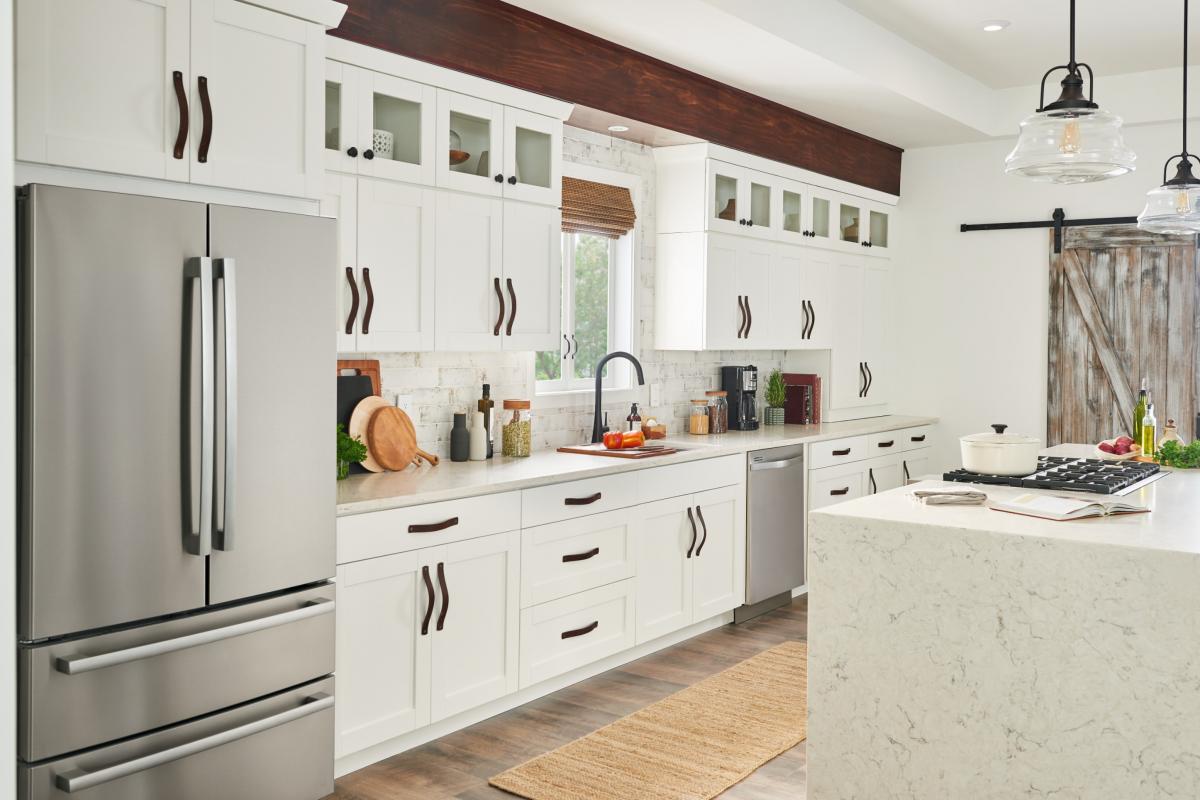
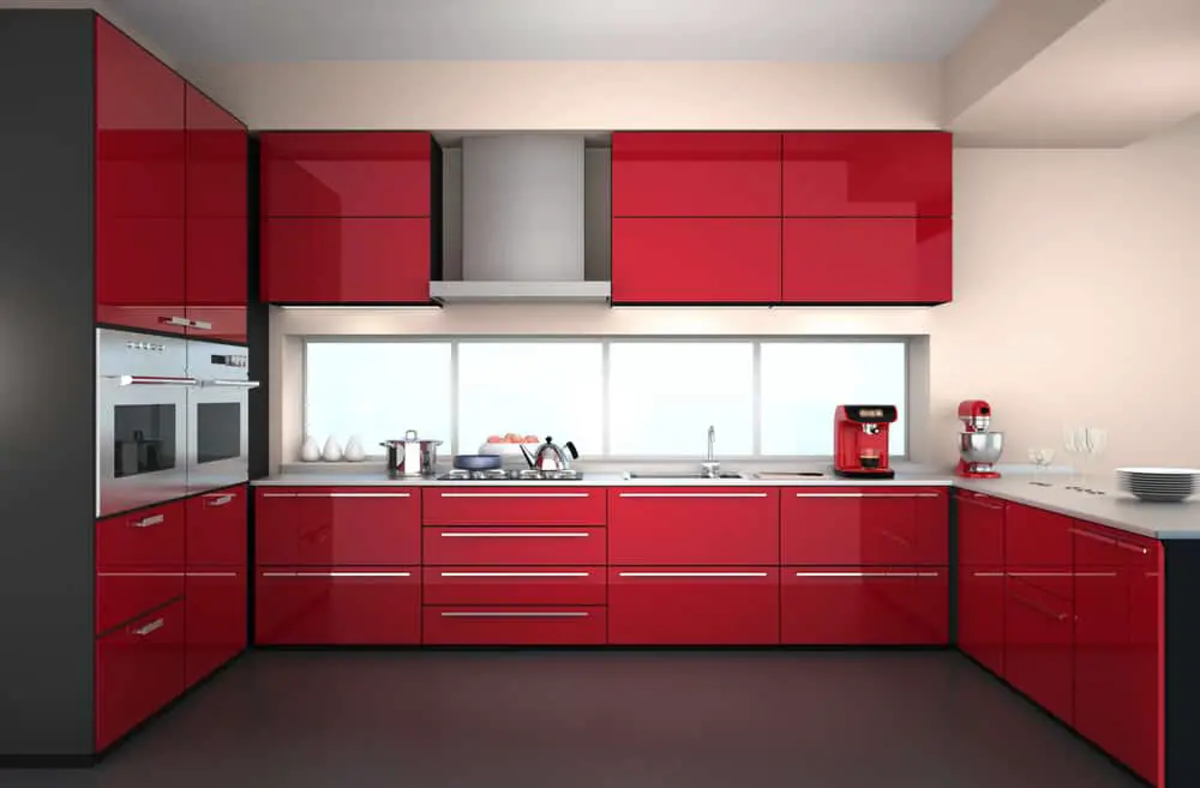

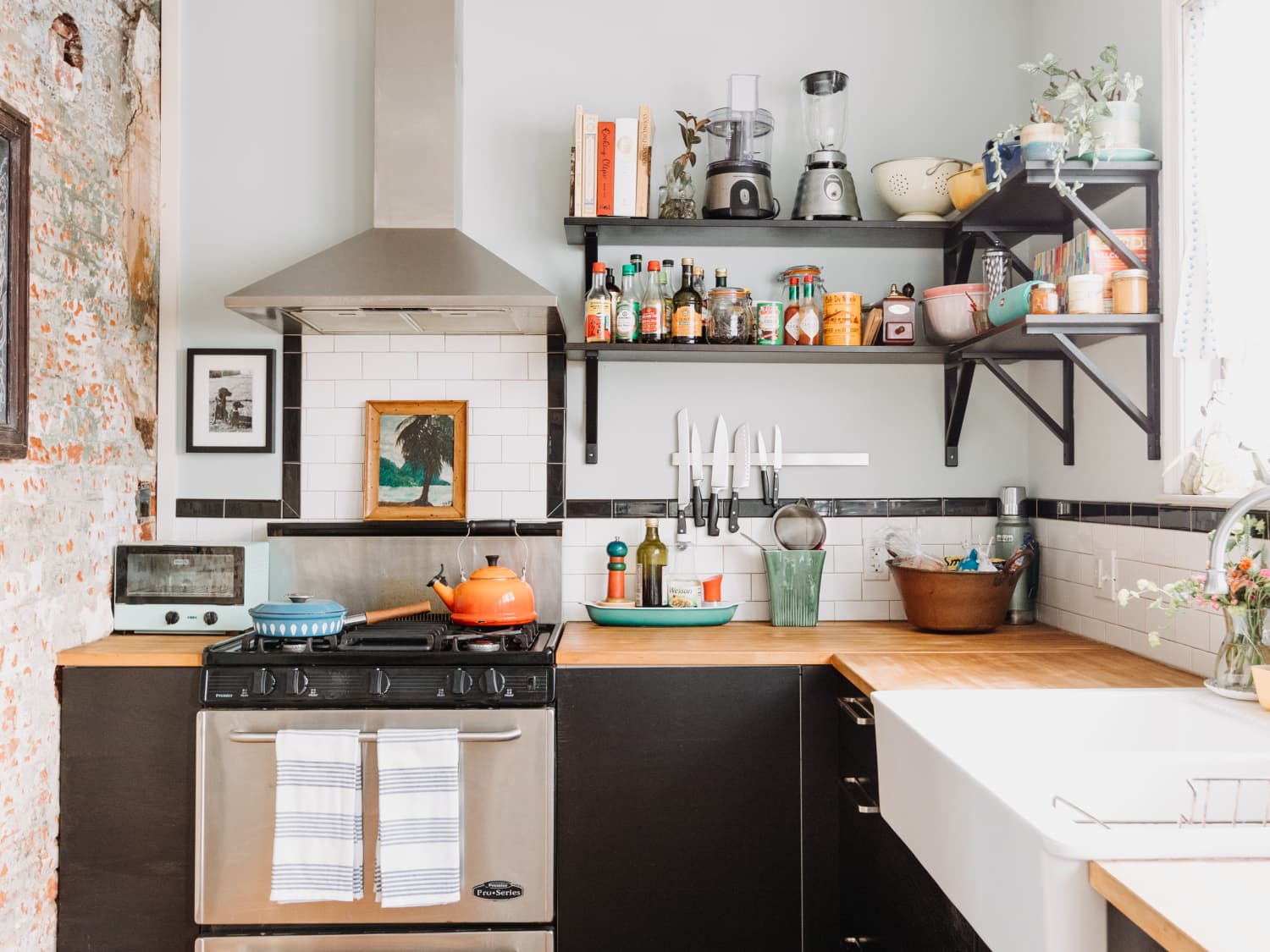

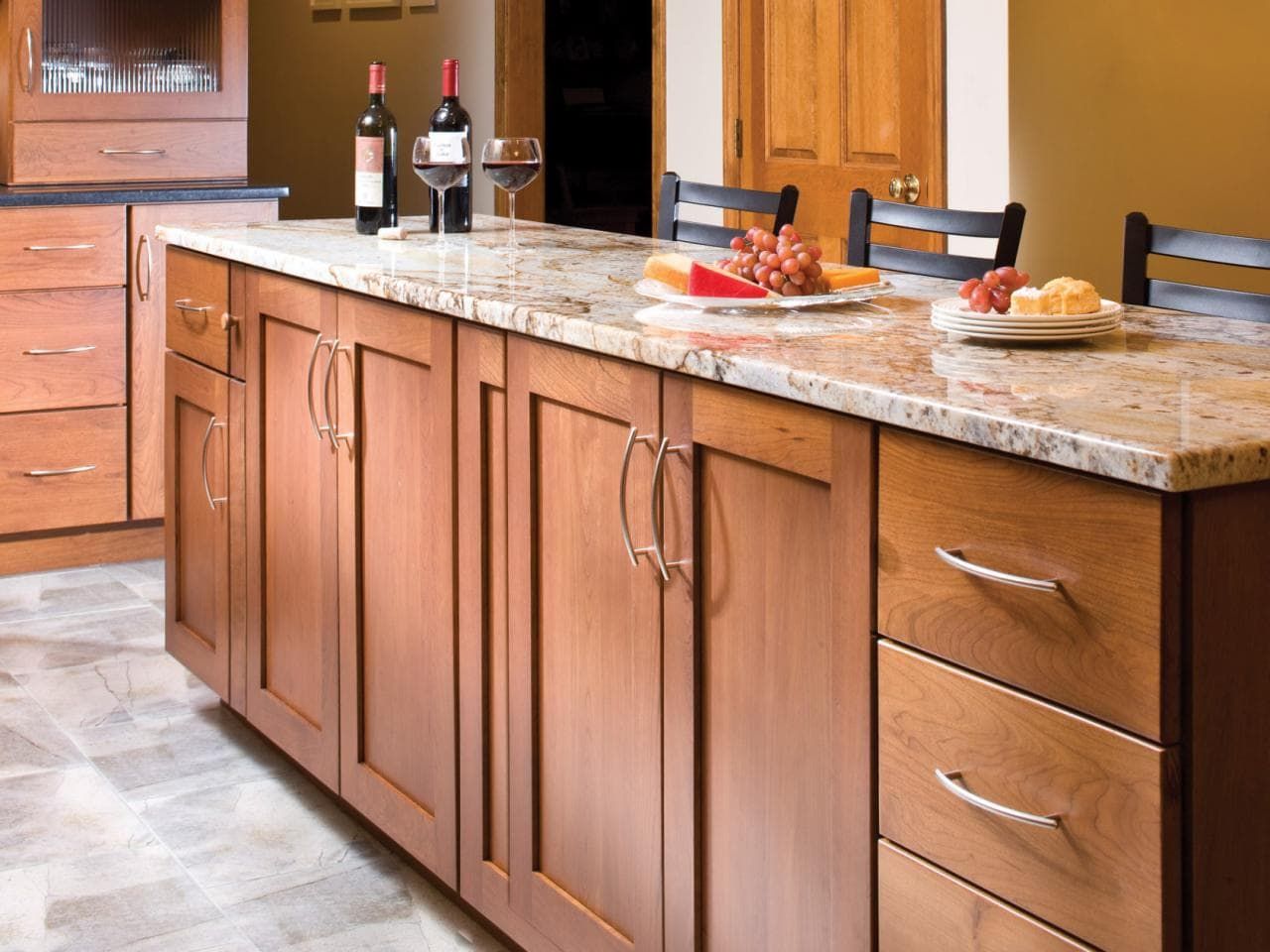
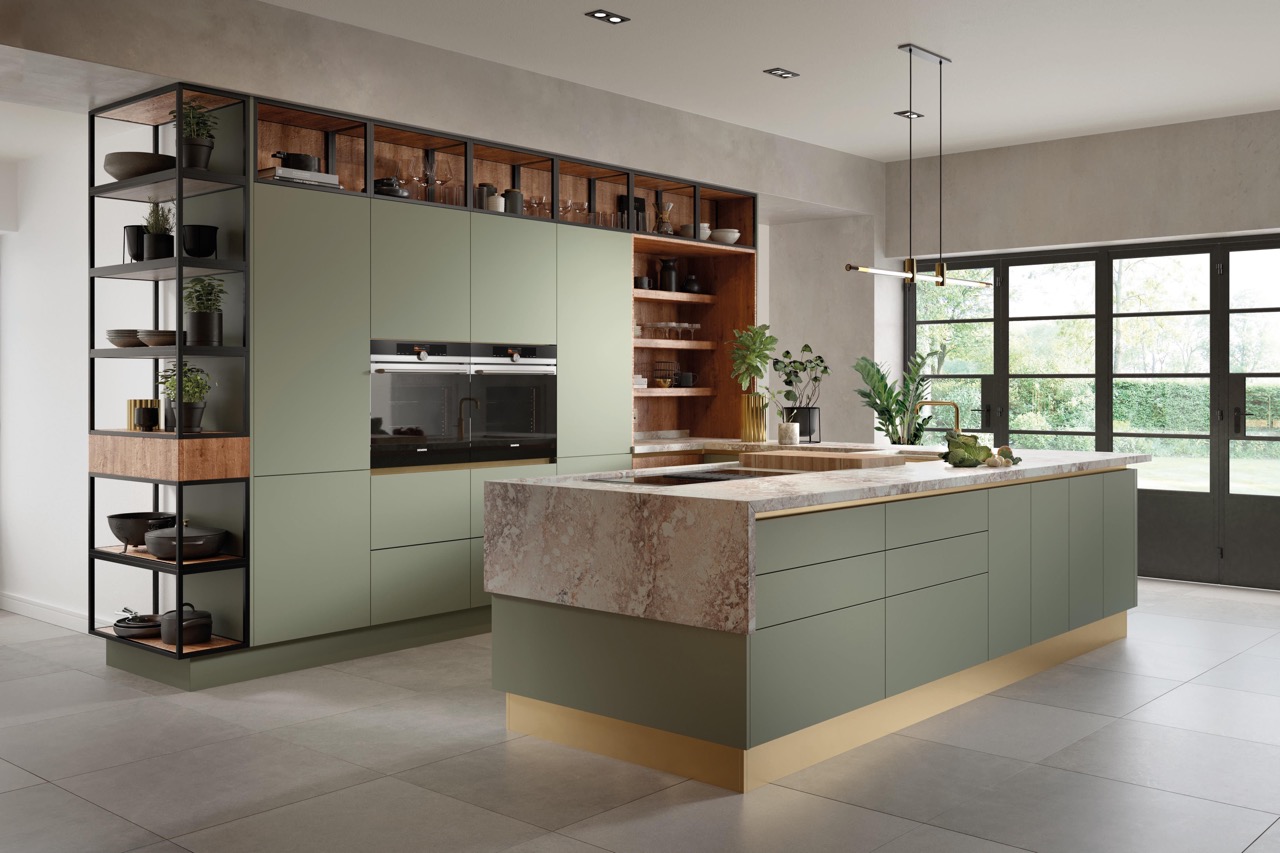
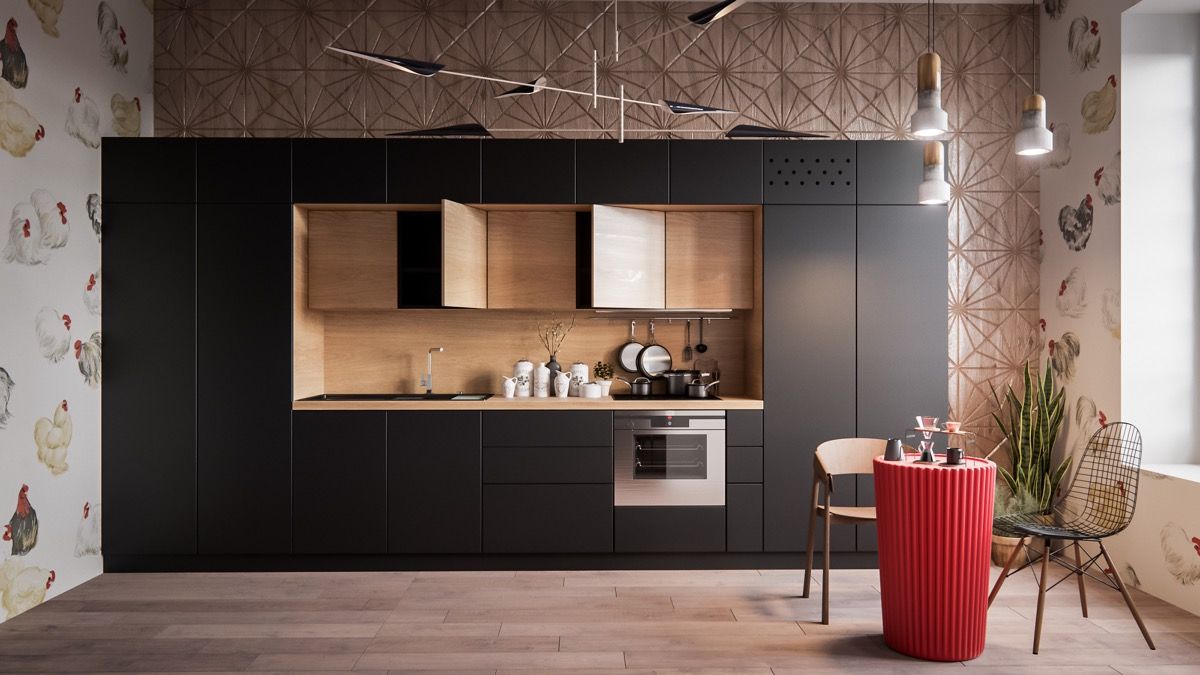
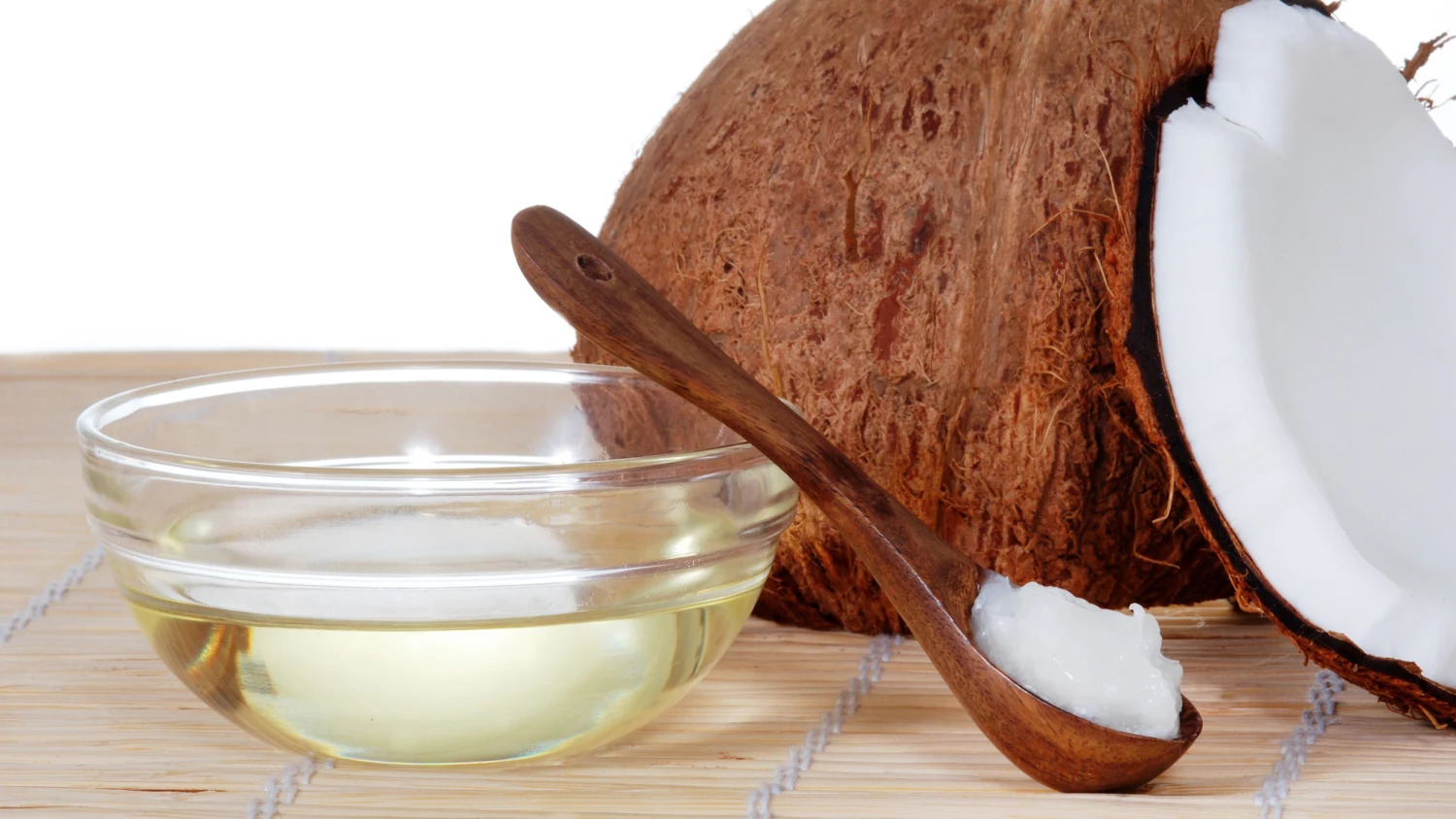
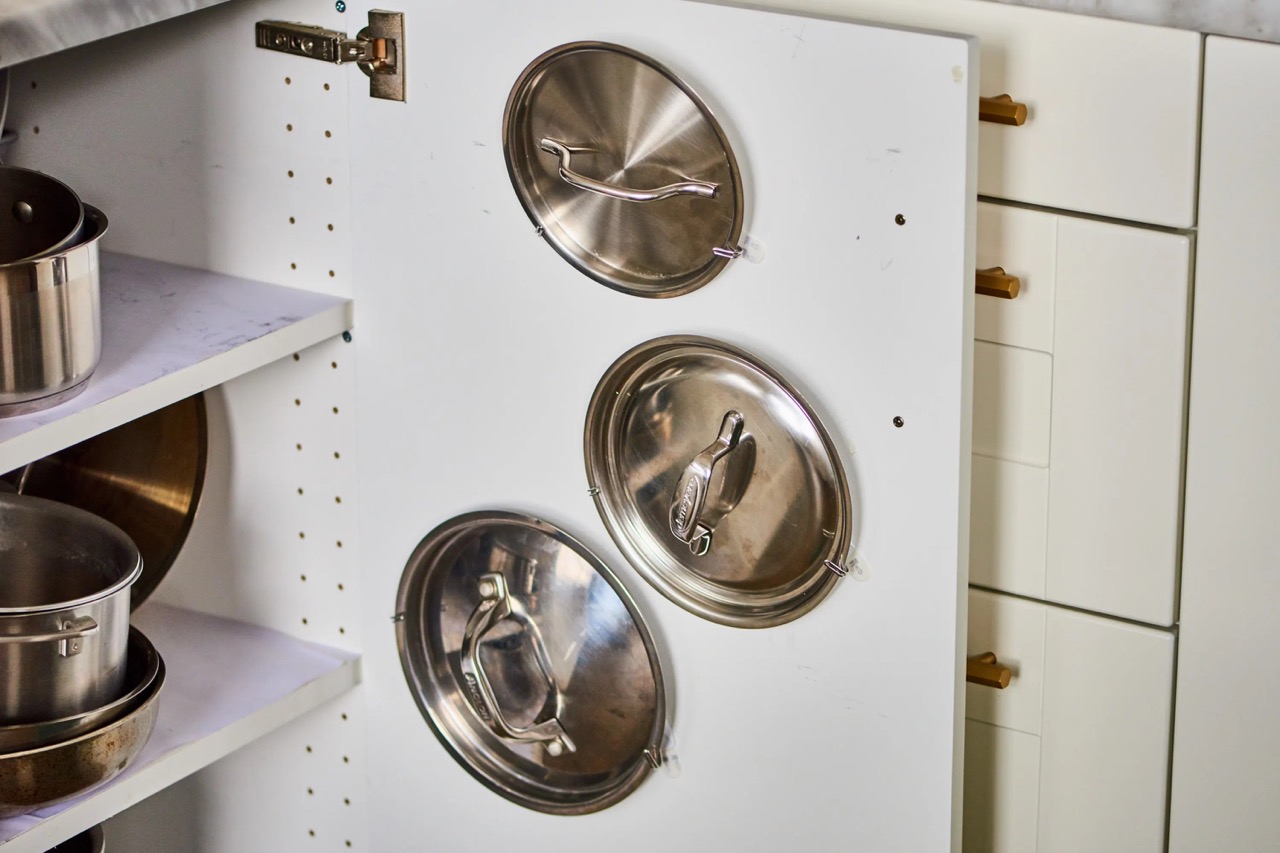

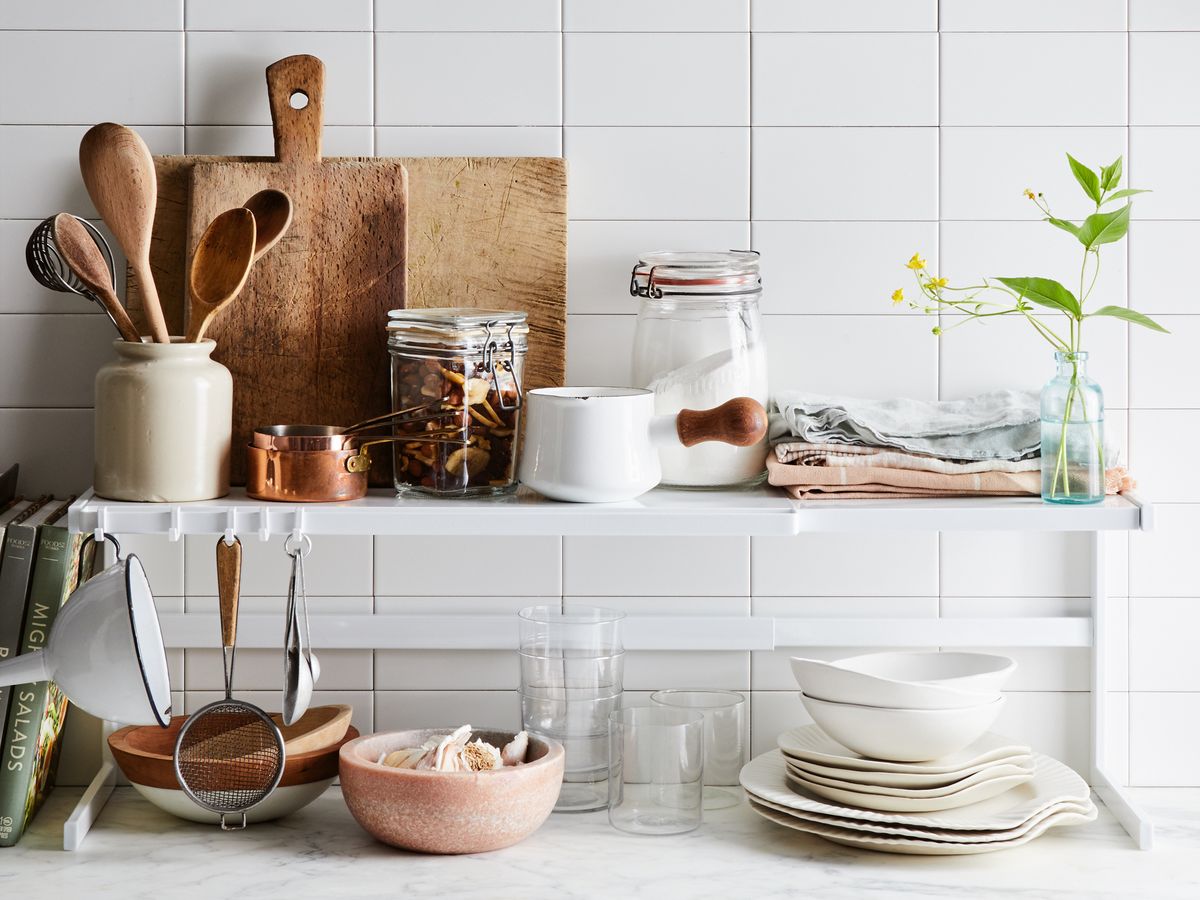

0 thoughts on “Best Ways To Sharpen Kitchen Knives – Products And Techniques”